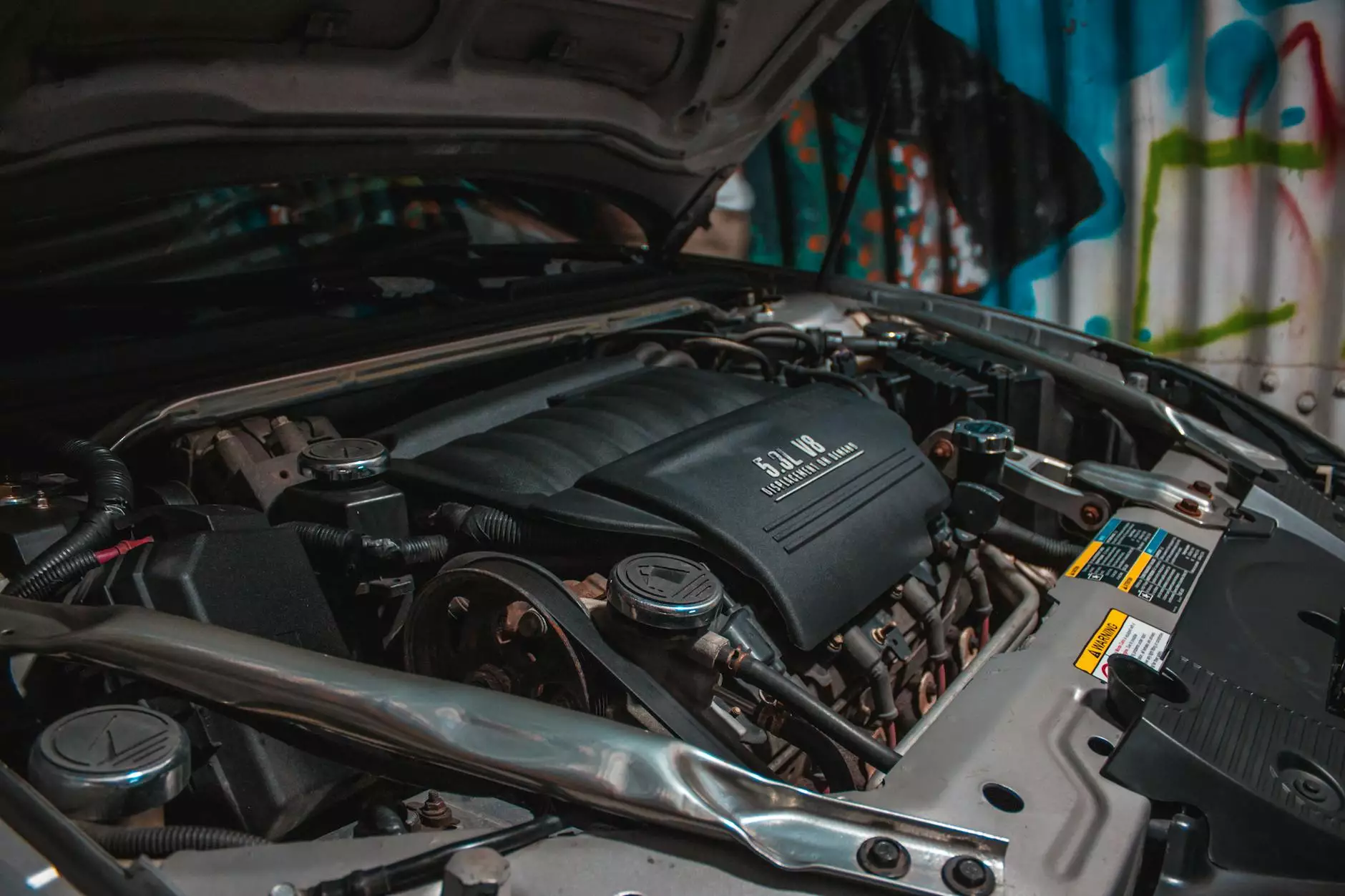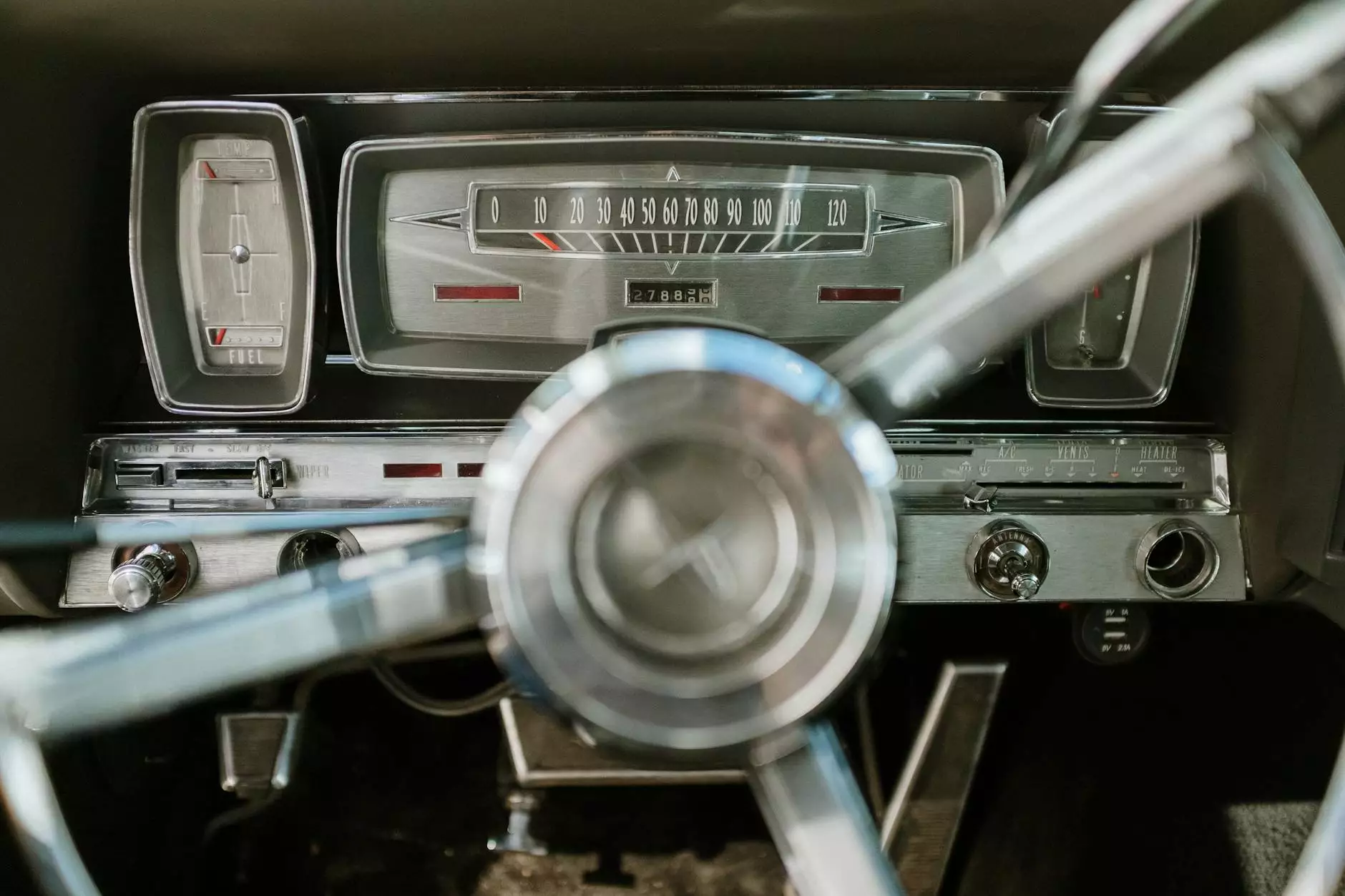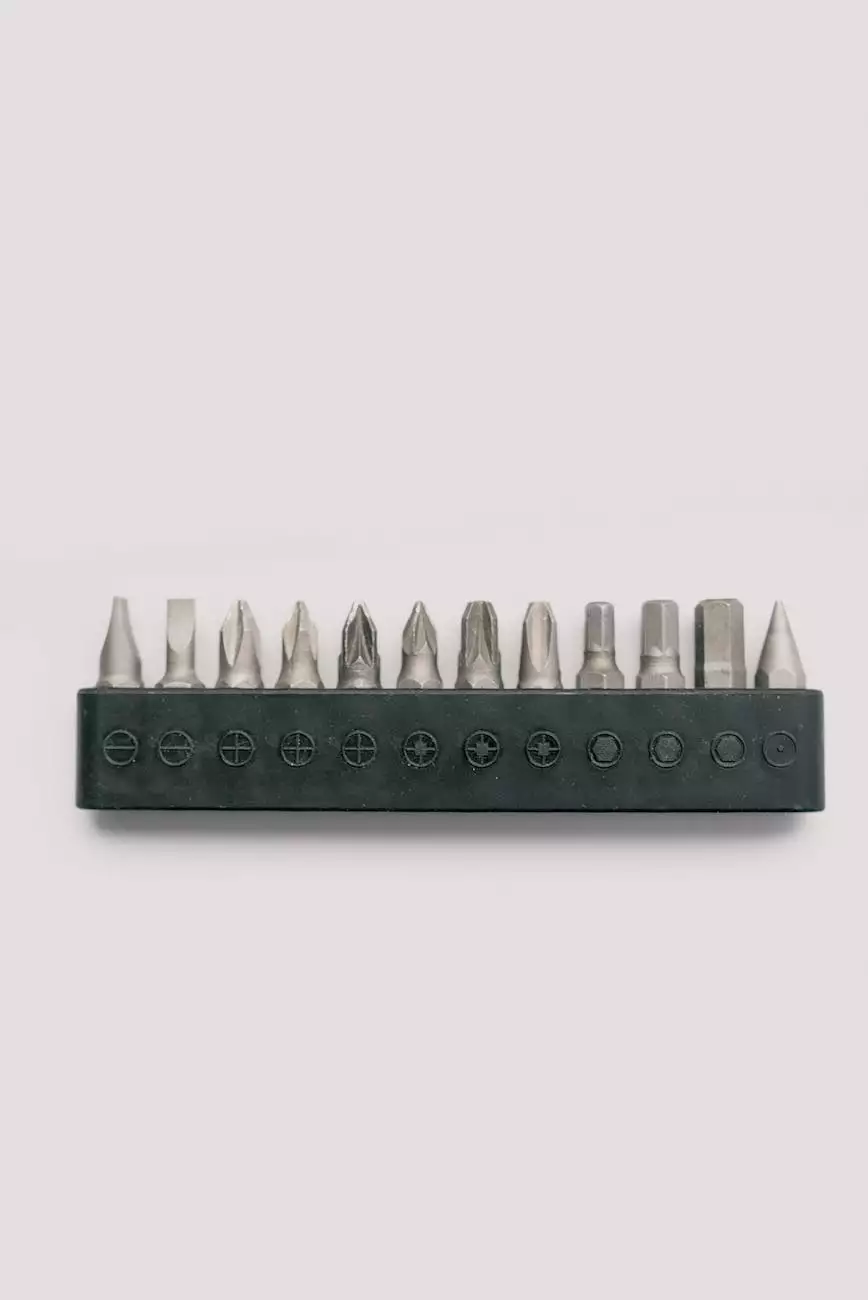How to Deal With a Malfunctioning Garage Door Sensor
Clopay Door Information
Introduction
Xpress Garage Door welcomes you to our comprehensive guide on dealing with a malfunctioning garage door sensor. A malfunctioning sensor can disrupt the smooth functioning of your garage door, causing inconvenience and potential safety hazards. In this guide, we will walk you through the steps to identify and fix common sensor issues, ensuring your garage door operates flawlessly.
Understanding Garage Door Sensors
Before diving into the troubleshooting steps, let's understand the role of garage door sensors. Garage door sensors are safety mechanisms designed to prevent accidents or injuries by detecting any obstructions in the door's path. They work in pairs with one sensor sending an infrared beam to the other sensor, creating a safety zone. If the beam is interrupted, the sensors signal the garage door opener to stop closing or reverse its direction.
Identifying Common Sensor Problems
When dealing with a malfunctioning garage door sensor, it's important to first identify the problem. Here are some common sensor issues you might encounter:
- Misaligned Sensors: Over time, garage door sensors can become misaligned due to accidental bumps, vibrations, or weather conditions. Misalignment causes the sensors to lose their line of sight, leading to malfunctions.
- Dirty Sensors: Dust, dirt, or spider webs can accumulate on the sensors, blocking the infrared beam and preventing proper operation.
- Faulty Wiring: Damaged or poorly connected wiring can disrupt the sensor's functionality and result in intermittent or complete failure.
- Power Issues: Insufficient power supply to the sensors can cause them to malfunction or behave unpredictably.
Troubleshooting Steps
Step 1: Visual Inspection
Begin by visually inspecting the sensors. Ensure they are clean, aligned, and free from any debris. Use a soft cloth to gently clean the sensor lenses and clear any obstructions that may be blocking the infrared beam.
Step 2: Check Wiring Connections
Inspect the wiring connections to ensure they are securely plugged in. Look for any signs of damage or loose connections. If you find any issues, carefully reconnect or replace the wiring as required. Remember to follow safety guidelines and disconnect the power before working with electrical components.
Step 3: Adjust Sensor Alignment
If the sensors are misaligned, they need to be adjusted to restore proper functionality. Gently loosen the mounting brackets and align the sensors so that the infrared beam is unobstructed and properly aligned. Once aligned, tighten the mounting brackets securely.
Step 4: Verify Power Supply
Ensure the sensors are receiving a stable power supply. Check the power source, replace batteries if necessary, and make sure there are no loose or damaged wires affecting the power flow. A stable power supply is crucial for the reliable performance of the sensors.
Step 5: Test the Sensors
After completing the above steps, it's time to test the sensors. Close the garage door and wave a long object, such as a broomstick, between the sensors to break the infrared beam. The garage door should stop closing and reverse its direction, indicating that the sensors are functioning properly.
When to Seek Professional Assistance
If you have followed the troubleshooting steps and the garage door sensor still malfunctions, it is recommended to seek professional assistance. Professional garage door technicians possess the necessary expertise and specialized tools to diagnose and resolve complex sensor issues. They can ensure your garage door operates safely and efficiently.
Contact Xpress Garage Door for Expert Help
If you require professional assistance with your malfunctioning garage door sensor, look no further than Xpress Garage Door. Our team of experienced technicians is ready to address all your garage door needs. Contact us today for swift and reliable service.




